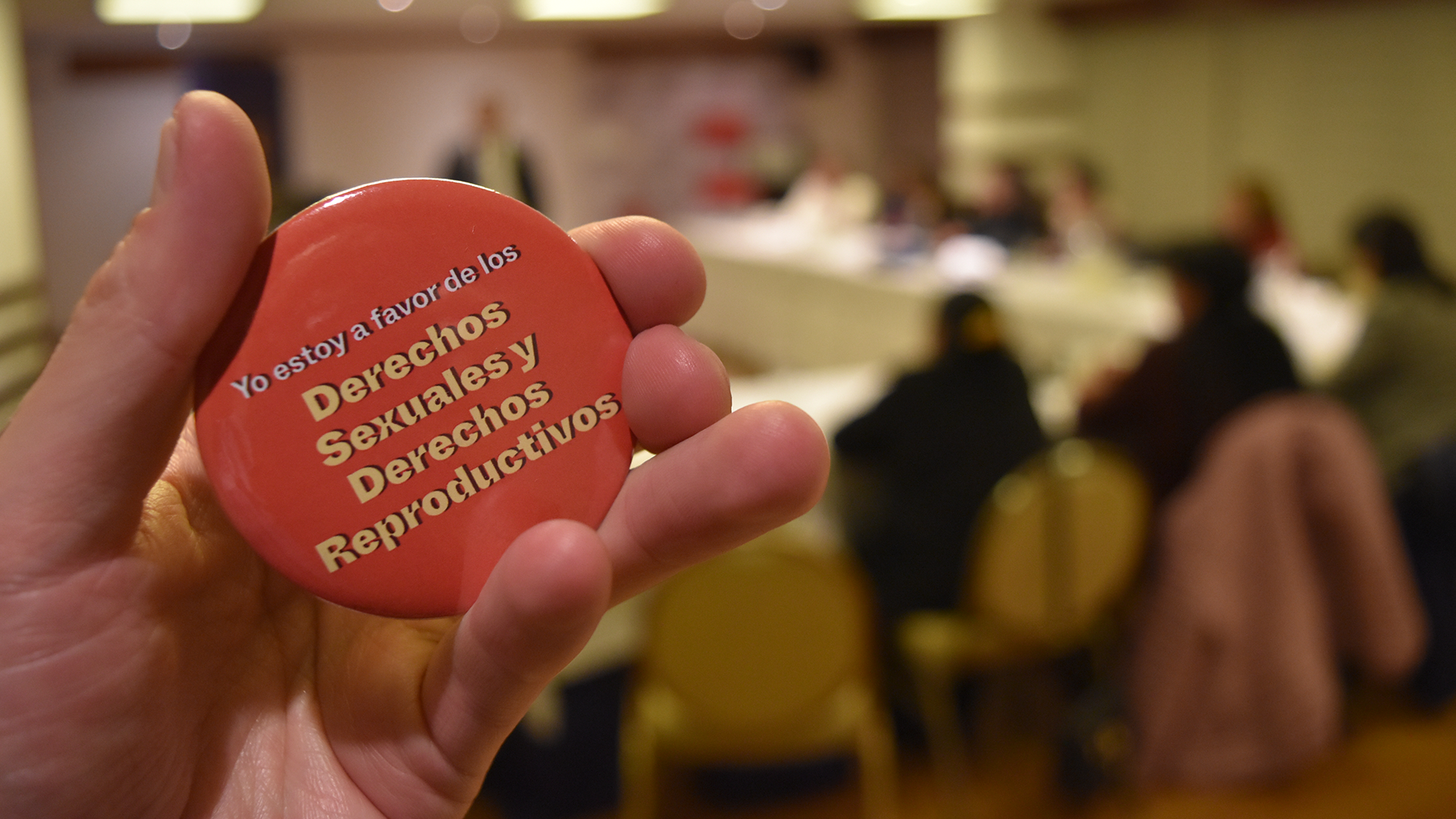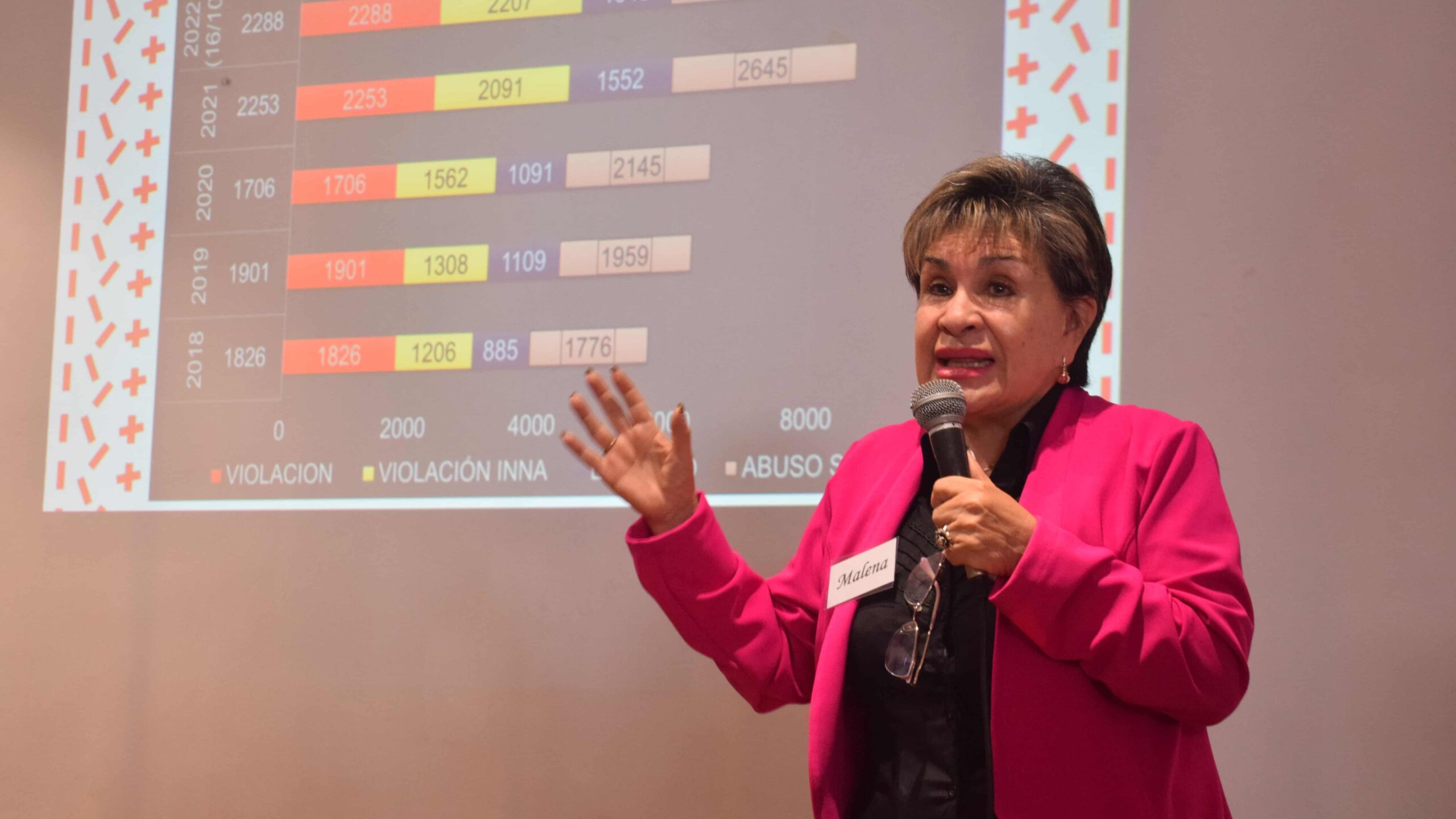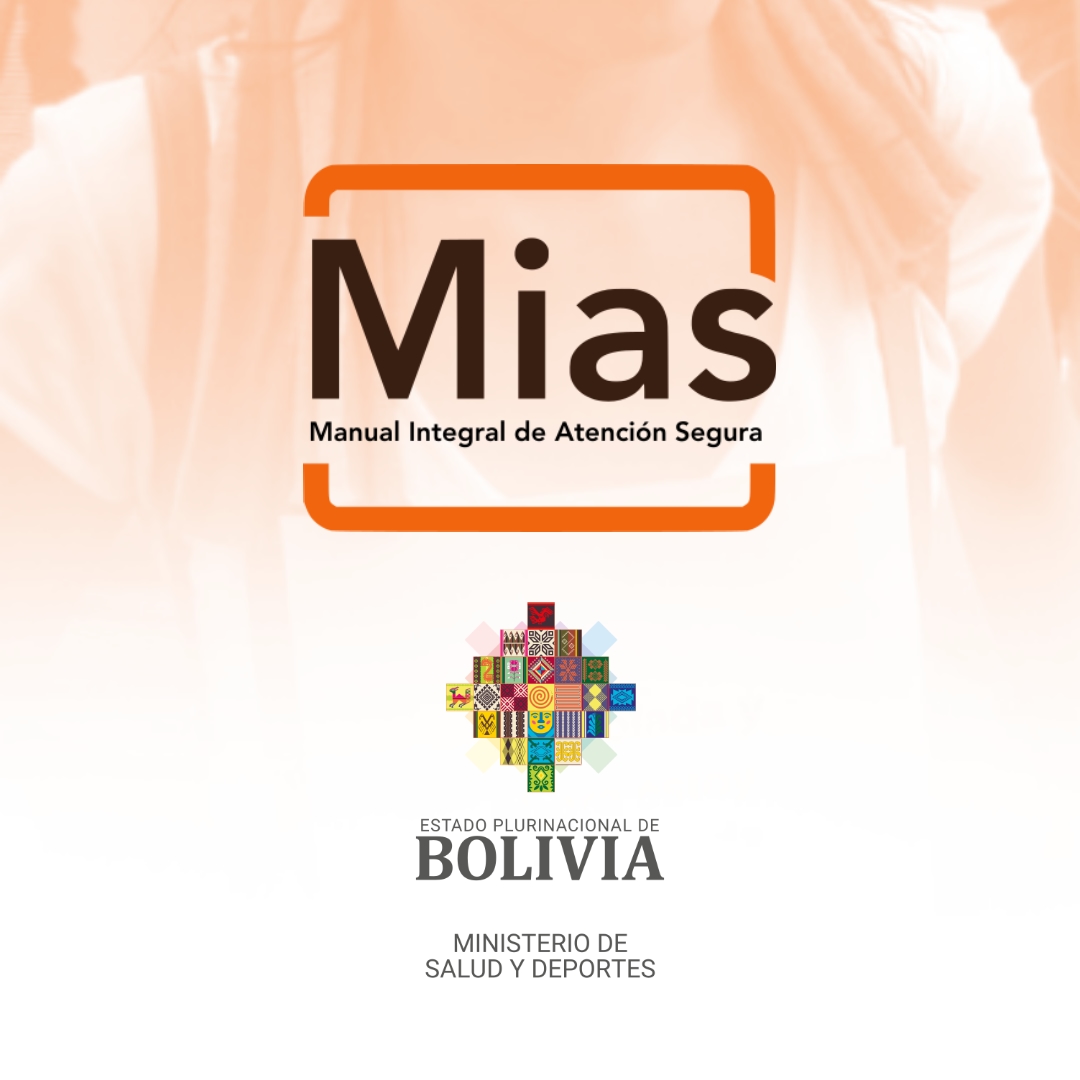The Total Fertility Rate (TFR) in Bolivia dropped to 2.1 children per woman in 2023, according to data from the Demographic and Health Survey (EDSA) 2023, conducted by the National Institute of Statistics (INE) with the support of the United Nations Population Fund (UNFPA).
This figure represents a significant decrease compared to the 2.9 children per woman recorded in 2016, consolidating a process of demographic transition in the country.
The figure is historical, as in the 1960s Bolivian women had an average of 7.7 children, a number that progressively decreased: 5 children in the 1970s, 3.5 in the 1980s and 1990s, and 2.9 in 2016.
With this new report, Bolivia aligns itself with neighboring countries such as Chile, Peru, Colombia and Ecuador, which also experienced similar reductions in their fertility rates.
According to Pablo Salazar, UNFPA representative in Bolivia, this achievement demonstrates progress in sexual and reproductive rights.
“This means that Bolivian women are managing to close an important gap in terms of the ideal fertility level. More and more women have the possibility of deciding how many children to have and when to have them,” she said.
Fertility decline has multiple implications, from development planning to access to public services.
However, Salazar warned that this transformation also poses new challenges going forward.
“The low fertility rate should not cause alarm (…), it is an opportunity to analyze and strengthen equitable social and economic structures, which accompany the rights won by women,” he said.
Among the factors that explain this trend is the increased access to contraceptive methods. In 2023, the Ministry of Health reported 46,000 new contraceptive implant users, more than double the number registered in 2015.
In addition, women’s participation in the labor market increased to 71.8%, approaching the 83.2% of men, which reinforces the link between economic autonomy and reproductive decisions.
With these data, the country is moving towards more conscious family planning and strengthened reproductive rights, laying the groundwork for sustainable demographic development.
The EDSA covered a national sample of more than 19,040 households, randomly selected in urban and rural areas; it was conducted between September and December 2023.















